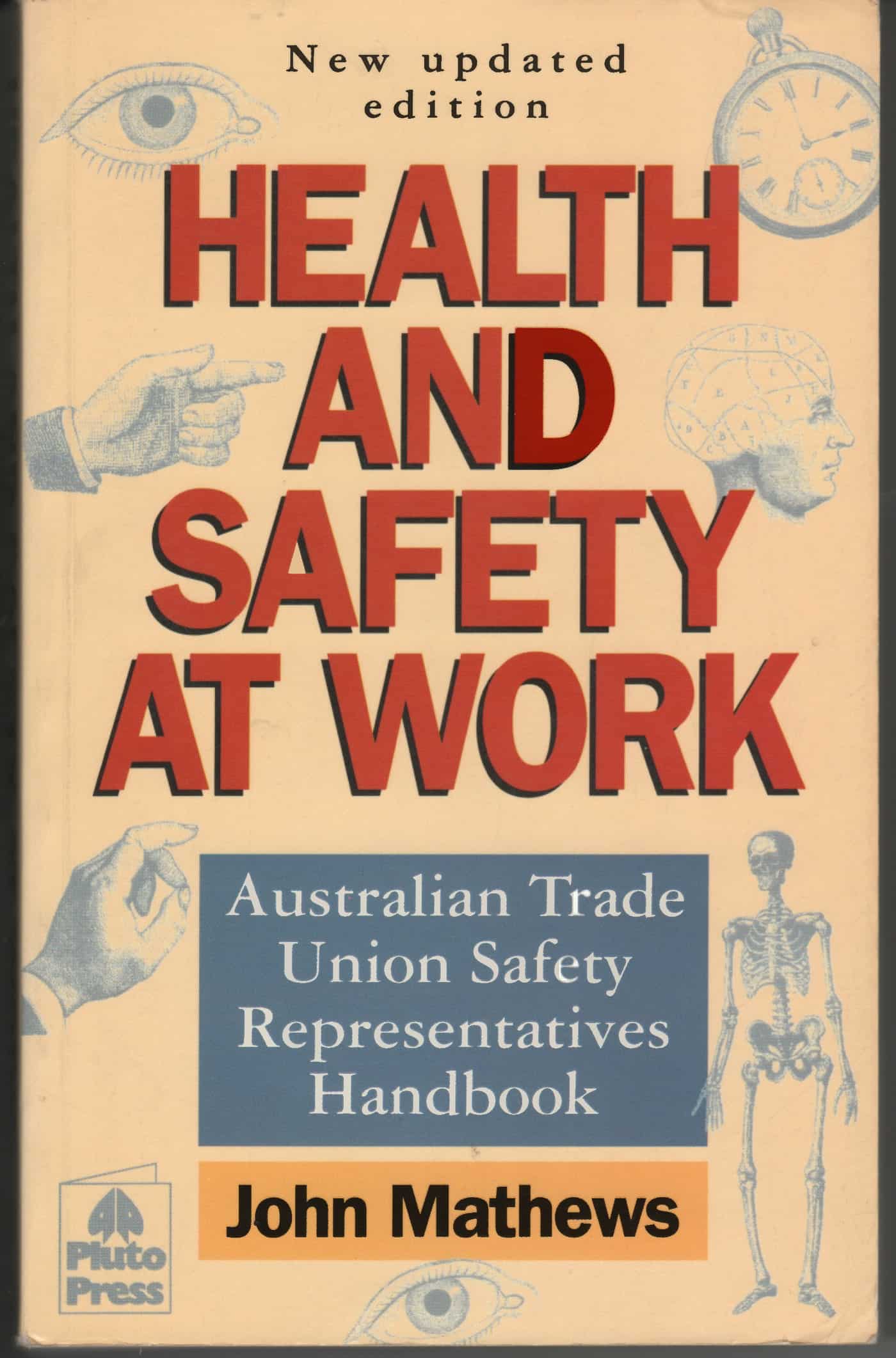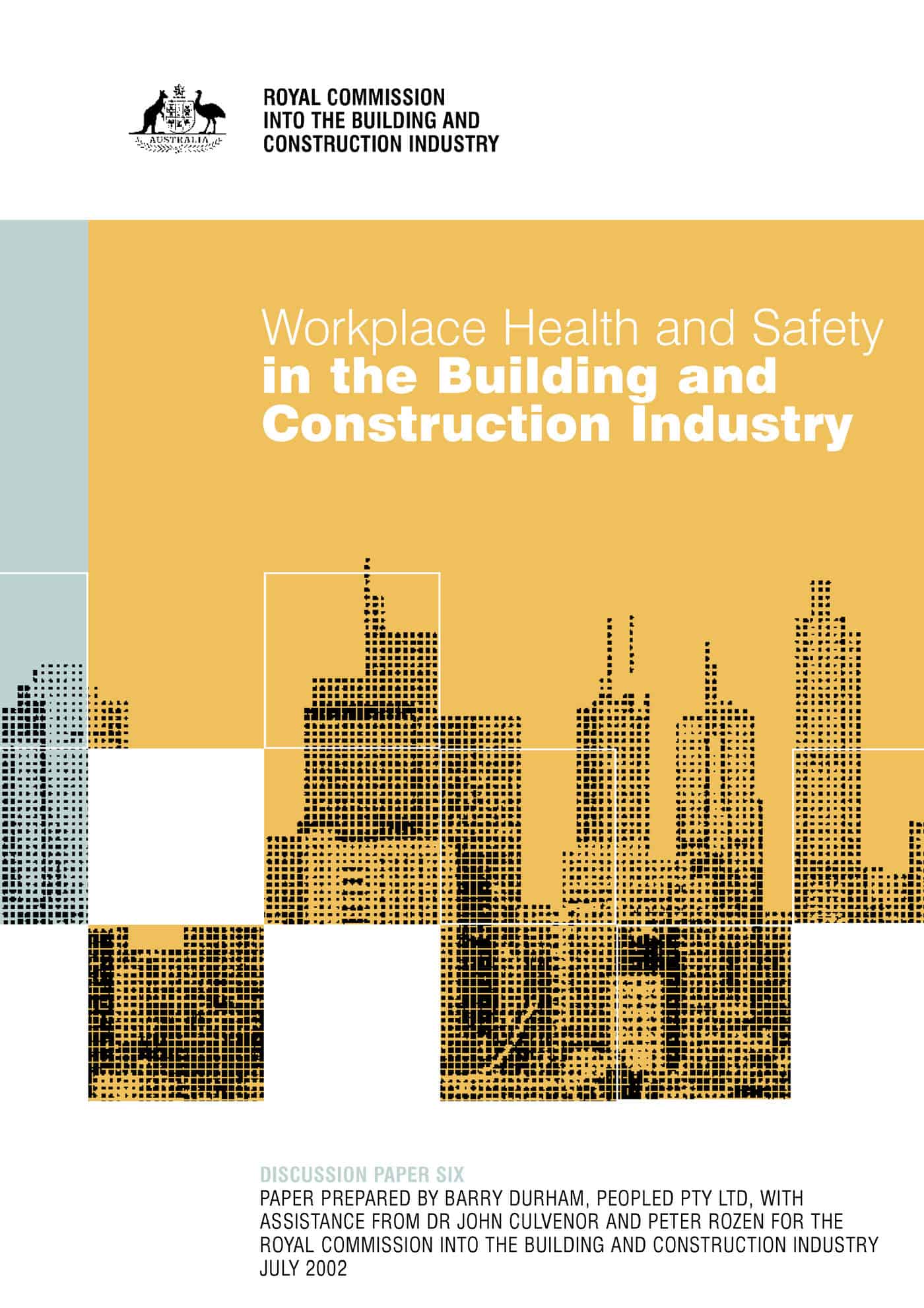In late March 2014, the Construction Forestry Mining and Energy Union (CFMEU) was fined $A1.25 million over a violent dispute at the Emporium construction site that occurred in 2012. In its media release about the fine, the CFMEU’s state secretary, John Setka, says:
“The protest at the Myer site in 2012 was about safety.”
Yes and no. The dispute was about the representation of workers on safety matters, which is a different thing. Setka goes on:
“Building workers need someone on site who genuinely represents their interests, and that doesn’t happen when that person is hand-picked by the boss.”
The core issue in this dispute seems to be that the CFMEU will not accept the Health and Safety Representatives (HSR) chosen by the workforce at the Emporium site, which is being built by Grocon P/L. The CFMEU has its own HSRs that it believes will better represent the workforce on OHS matters.
The dispute represents an ideological dispute that seems more about unionism and industrial relations than about safety, but worker safety may still be the loser.
 The bible of Australian trade union safety representatives, Health and Safety At Work by John Matthews, describes the ideological position of trade unions clearly:
The bible of Australian trade union safety representatives, Health and Safety At Work by John Matthews, describes the ideological position of trade unions clearly:
“The single most important feature of health and safety as an industrial relations issue is to ensure that health and safety representatives are union representatives, i.e. that they are appointed according to union procedures and that they are accountable to the members they represent through union channels……
The reality is that the unions are acknowledged as being workers’ representatives on economic issues – so they should be seen as their representatives on health and safety issues as well. Any other course would establish networks of workplace representatives outside the union structures and potentially hostile to them. Nothing could be more effective in destroying health and safety as a collective workplace issue.” (pages 513 – 514, original emphasis, 2nd edition, 1993)
There is little acknowledgement of the relationship between worker and employer as the book depicts a legislative position that is out of date with contemporary Occupational Health and Safety (OHS) or Work Health and Safety (WHS) laws, particularly on the obligation for consultation. Most OHS/WHS laws in Australia identify consultation as an important, if not vital, component in achieving a safe and healthy work environment but union representation is never a requirement of this consultative process.
In fact the laws expressly say that worker representation on safety issues should come from the workforce at the particularly worksite, and almost always through an election process. It is understood that Grocon had such a process in place at the Emporium site. Executive Chairman Daniel Grollo said in a radio interview about the dispute that
“The issue of representation on site I think is quite clear. From an occupational health and safety perspective the law talks about democratic election popularly amongst the employees on site. That’s pretty clear.”
As an example of the lack of attention to union HSRs, WorkSafe Victoria’s guidance “Consultation On Health And Safety A Handbook For Workplaces” only once mentions unions and that is in terms of issue resolution. This is quite a contrast to the statements in Mathews’ 1993 book.
 The absence of specific union HSRs is not a new phenomenon. In July 2002, a discussion paper on Workplace Health and Safety in the Building and Construction Industry was prepared for the Royal Commission of that year in which it was stated:
The absence of specific union HSRs is not a new phenomenon. In July 2002, a discussion paper on Workplace Health and Safety in the Building and Construction Industry was prepared for the Royal Commission of that year in which it was stated:
“With some important exceptions, modern Australian OHS legislation seeks to give effect to these policy objectives by providing for two inter-related mechanisms. The first of these is to enable employees to elect one or more health and safety representatives (‘HSR’s’) to represent them in relation to dealings with their employer and the inspectorate under the legislation. Once a HSR is elected under the legislation, the HSR has certain statutory entitlements, including the right to have access to information about health and safety in the possession of the employer, to be given paid time off for training and to be consulted on proposed changes to the workplace which may impact on
health and safety.A HSR who abuses his or her statutory powers may be the subject of an application for his or her disqualification. Such applications are generally determined by industrial tribunals. Johnstone, writing in 1997, noted that the procedure for disqualification “has rarely been invoked in Victoria”.” (pages 18-19)
That same report acknowledges, on page 19, that:
““The Commissioner was told by a number of participants that safety authorities are not properly performing their functions across the industry and as a result, the unions have assumed a significant role in the maintenance of safety standards on building sites.”
Chris Maxwell QC, in his review of the Victorian OHS Act in 2004 wrote:
“HSRs play a critical role in workplace health and safety. One of the employers I consulted with described the HSR as the “link between the people on the floor and management; an essential line of communication.” There was strong consensus amongst stakeholders that the institution of HSR should remain.” (page 425)
There is no disputing this reality exists for the building and construction industry in Australia but the reality does not mean automatically that union HSRs are the most effective safety representatives on construction sites. The “significant role” does not mean the dominant role. A strong argument can be mounted that the most effective safety representation comes from an election from the workforce of suitably qualified, suitably experienced and respected workers as HSRs. Such a combination of skills and qualifications seems to offer the best chance of effective OHS communication between workers and employers. These may very well be trade union members but equally may not.
Maxwell’s recommendations included the following statement that should be noted by all HSRs:
“I would recommend that the Act state expressly that the role of an HSR is to represent the workers by whom he/she was elected.” (page 209, emphasis added)
This is a further contrast to the Mathews quote above.
In a submission to the Australian Government’s National OHS Review in 2008, prominent OHS academics, Johnstone, Bluff and Quinlan stated that:
“….. recent studies in the UK indicate that (trained) representatives stimulate and participate in workplace OHS management structures and procedures, tackle new OHS issues and ‘get things done’ to improve OHS arrangements. Similarly, an Irish study of the construction industry found that ‘the variable with the strongest relationship with safety compliance is the presence or absence of a safety representative’. A number of Australian studies have also found a positive relationship between worker representation and improved OHS management arrangements, concluding the introduction of health and safety representatives (HSRs) led to major changes in attitude.” (Page 27, references removed)
Again, no explicit mention of union HSRs.
There is no doubt that the construction industry continues to be a dangerous one for Australian workers and that effective consultation is a major factor in reducing harm but there seems to be no justification in OHS/WHS law for union representation. Unions need to make the case that union HSRs provide better safety supervision, training and assistance to construction workers than any alternative consultative mechanisms, rather than relying on an ideology that is increasingly out of step with OHS/WHS laws. Such a case is not impossible to mount but as long as unions, such as the CFMEU, operate on a perceived “right” to union HSRs, progress will be slow, if at all.

Good morning,
The contact form fields are not clear to me – what do you want other than this return email with my full details?
Many Thanks
Richard Dawson
Assistant Director | Implementation Strategy & Guidelines
Scheme Planning and Performance Group
P 02 6112 9684
F 02 6257 5629
GPO Box 9905, Canberra, ACT 2601
1300 366 979 | http://www.comcare.gov.au
Richard, a direct email is fine. I will forward a password shortly